
Full bodied white wines of Italy Once In A Lifetime Journey
Chardonnay is a popular white wine with diverse styles, from full-bodied, oaky examples to more fruity, unoaked versions. To serve Chardonnay at the optimal temperature, it is generally recommended to chill it between 7-13°C/45-55°F before serving. This range allows the wine to showcase its unique characteristics, with cooler temperatures emphasizing a fresher, fruitier style, while warmer.

spring with a trio of fullbodied white wines. Adagio 2016 Lodi
This beginner's guide to full-bodied wines introduces the allure and complexity of these robust varieties. Featuring red and white wine selections, food pairings, popular regions, and tasting tips, it uncorks the essence of indulgence, offering an exploration of esteemed wine-producing regions and an invitation to elevate tasting experiences.

Guide To Full Bodied White Wines Discover Wine Styles
The difference between medium and full-bodied wines has a lot to do with alcohol, and acidity level. We humans tend to perceive wines with higher acids as tasting lighter-bodied.. The exact same rules for red wines apply to wine body in white wines as well. For example, the main reason Chardonnay is considered a full-bodied white wine is.

Full bodied white wines of Italy Once In A Lifetime Journey
Medium Bodied White Wine. These can be hard to characterise as white wines tend to fall into either the light body or full body category - there is not much in between. Medium bodied white wines will most likely have an ABV of between 12.5% and 13.5% and work well when paired with seafood such as oysters and scallops.

Folino Estate Chardonnay Barrel Reserve wine Chardonnay, Wine
Full-bodied white wine has a golden-yellow shade, while full-bodied red wines have a more intense shade of ruby red or purple. Aside from its color, you can check the wine legs. Swirl the wine in the wine glass. As it forms legs on the glass, it moves down. Full-bodied wines have thick legs and move down slowly, while light-body wines disappear.

Wine Body Guide What Does FullBodied Wine Mean?
ABV: 13.5%. A White Châteauneuf-du-Pape of great elegance and complexity from the highly regarded producer Roger Sabon. Hand harvested in the coolness of the morning, a blend of Roussane, Grenache Blanc, Bourboulenc & Clairette, the 'Renaissance' has a deeply aromatic and honeyed nose, with as gorgeous rich mouthfeel.
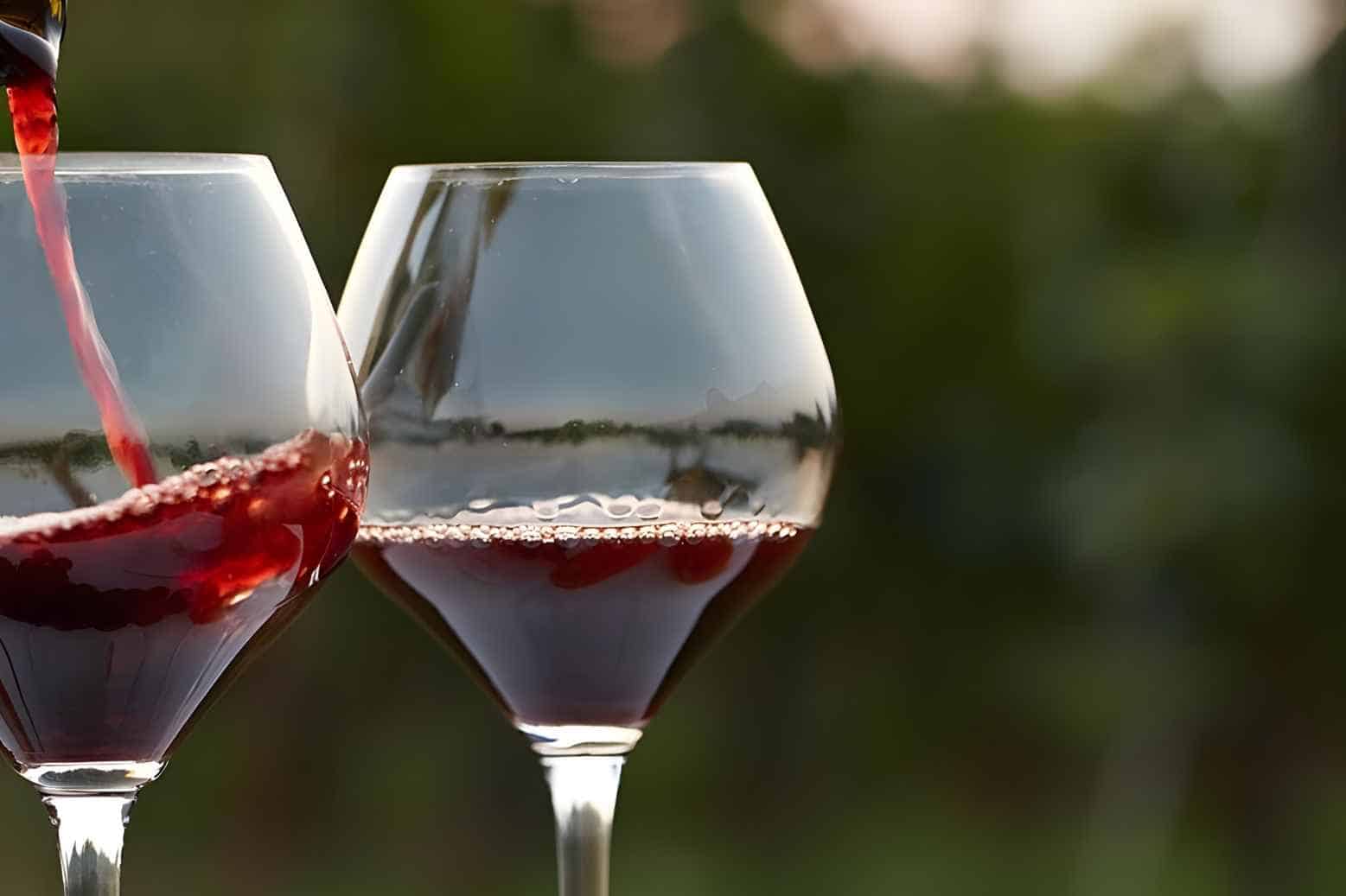
Wine Body Guide What Does FullBodied Wine Mean?
The full-bodied nature of these wines can be attributed to factors such as grape variety, winemaking techniques, and oak aging. Full-bodied white wines have a higher alcohol content, generally 13.5% or more, and have more complex flavors. Popular Varietals of Full-Bodied White Wines: Chardonnay: Chardonnay is the quintessential full-bodied.
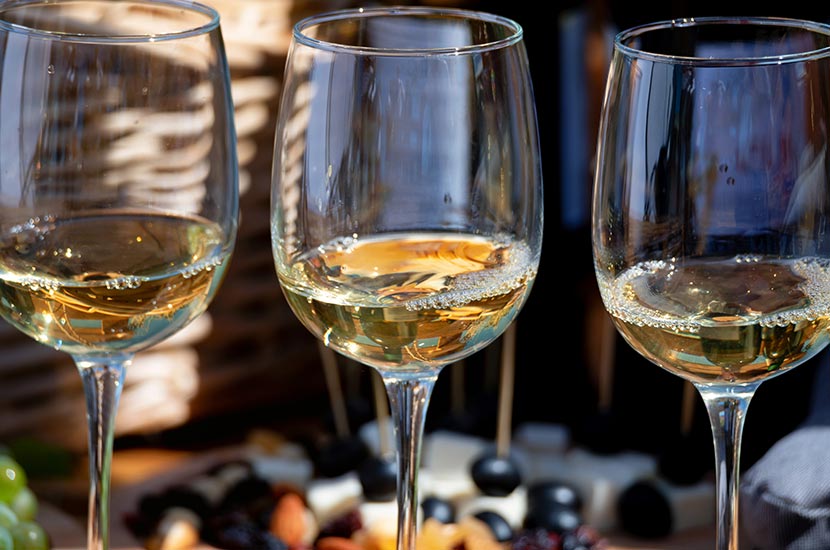
Full Bodied White Wines Shall We Wine
Between 12%-13.5% ABV= Medium-bodied. 13.5% and over ABV = Full-bodied. Now keep in mind, the same grape varietal can be light- or full-bodied depending on the wine region and winemaking technique. For example, Chardonnay can be full-bodied (13.5%+ ABV) or light-bodied (under 12% ABV). You always need to look at the ABV and wine region to make.
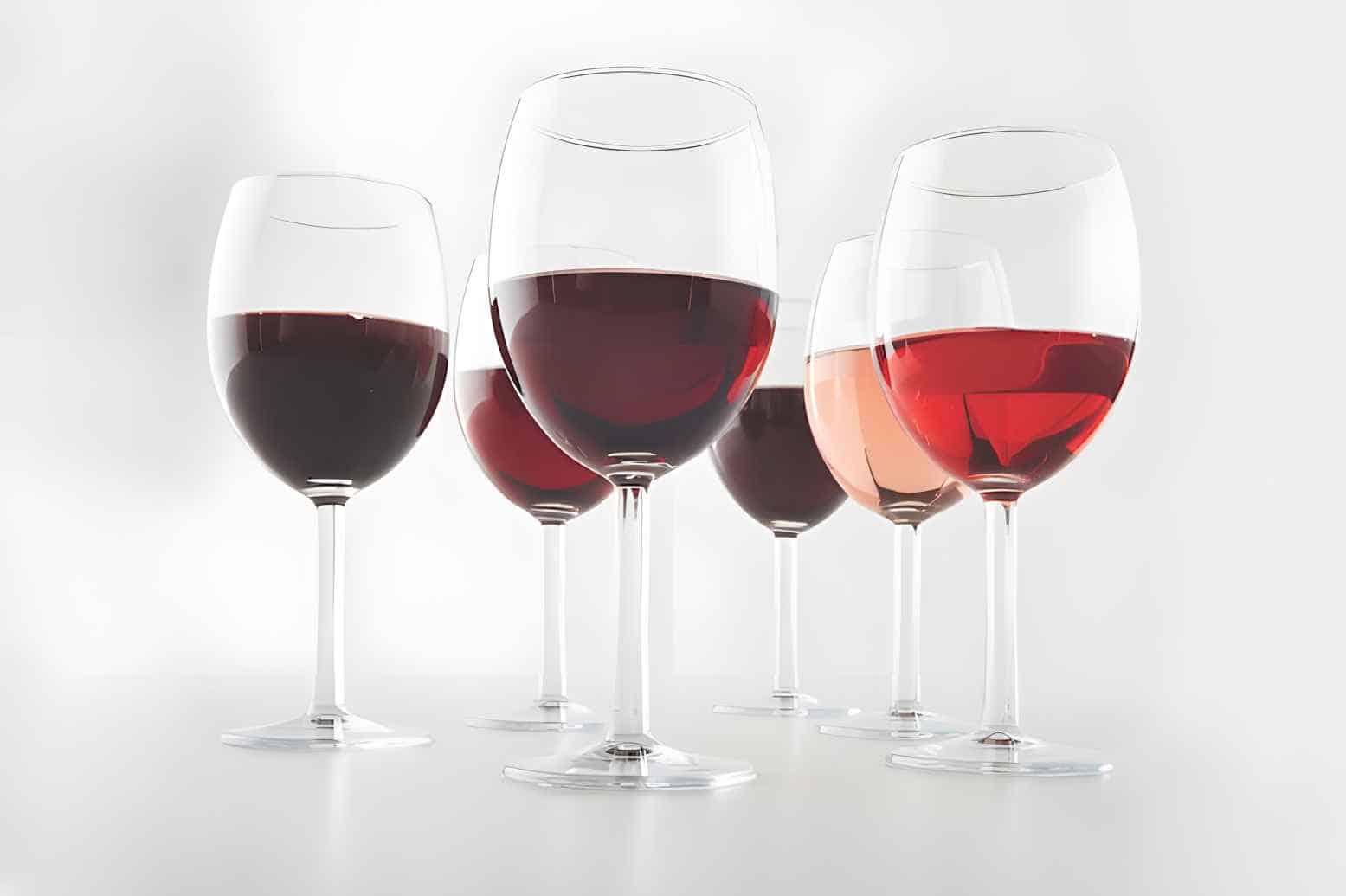
Wine Body Guide What Does FullBodied Wine Mean?
Light bodied wines are generally the white wines people think of as being crisp and refreshing. These would include Riesling and Italian Prosecco. Medium bodied wines would include Rose, French Burgundy, Pinot Gris and Sauvignon Blanc. Full bodied wines, the ones this article is most concerned with include Zinfandel, Shiraz, Cabernet, Merlot.

A fullbodied white is just the thing for a winter's night Western
White wines will also tend towards flavours that involve citrus fruits and tree fruits - that is, stuff like lemon and apple. This is a different kettle of fish to reds, which tend to involve more berries, plums and the like.. What is a full bodied white wine? The richest, or most full-bodied, grape varieties are Chardonnay, Viognier.

New World white wines Cayman Compass
While the majority of wines over 13.5% alcohol are usually red, Chardonnay is a great example of a white that often can also be considered full-bodied. Core Grapes & Wines Bordeaux
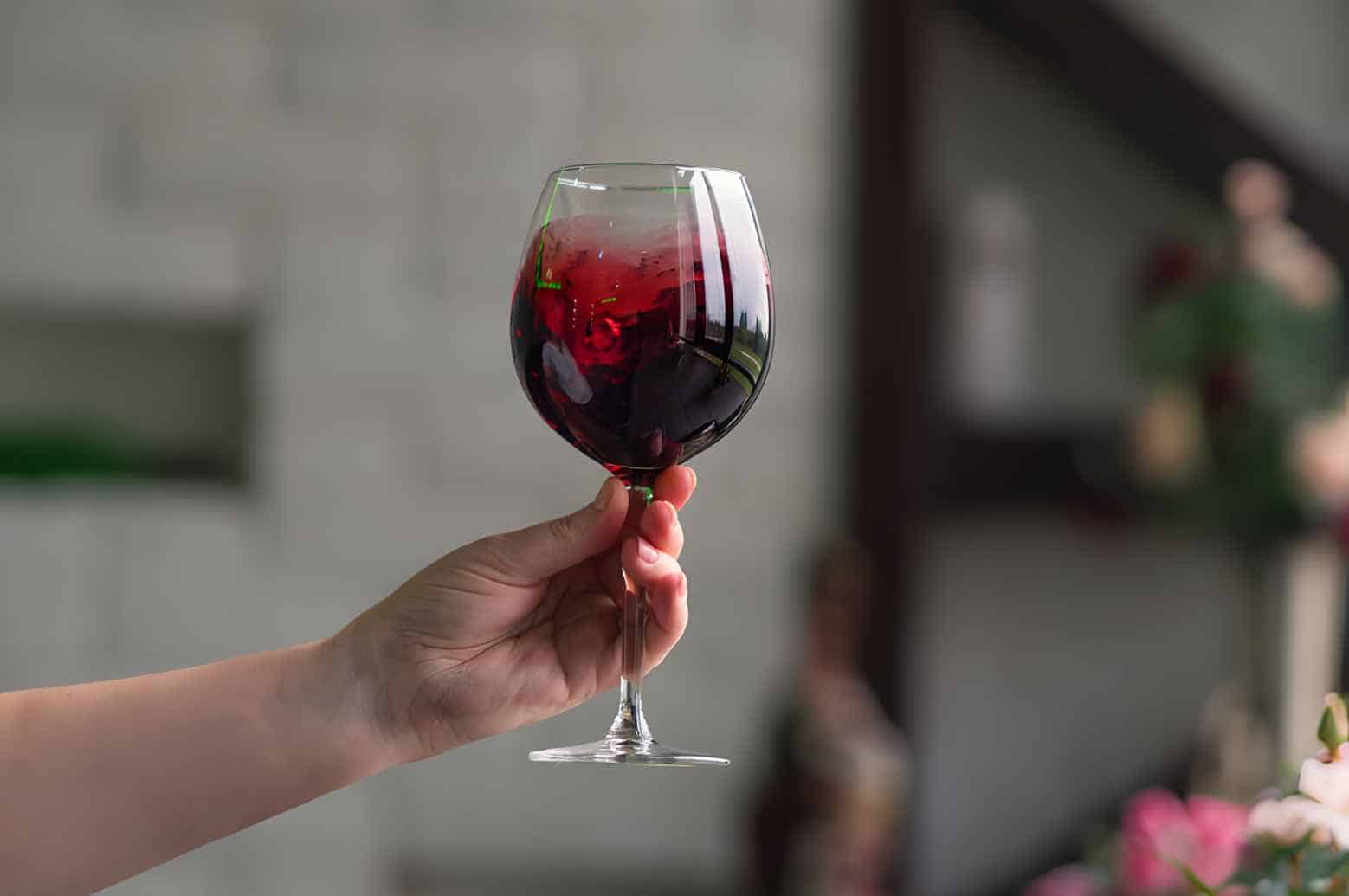
Wine Body Guide What Does FullBodied Wine Mean?
Full-bodied white wines have often been confused with red wines when served in black glassware. Rich white wines typically undergo similar treatments as red wines in the winery to achieve the bold flavor, and thus have some flavor similarities. Typically, many rich whites undergo oak aging, to add that classic vanilla or coconut note, as well.

A Simple Guide to Wine Pairing
Full-Bodied White Wine Background Full-bodied white wines are perfect for red wine lovers because of their rich smooth taste with subtle creaminess. What makes them different than light white wines usually involves special winemaking techniques including the use of oak-aging, (just like aged whiskeys, wine becomes smoother with barrel aging too).

Wine Basics Getting to Know the Varieties of White Wine Geek Mamas
Flavor profile: Greco is a full-bodied white wine, with a rich palate that can include flavors of ripe fruit, honey, and almond, balanced by high acidity and a distinctive mineral character. Notable growing regions: Greco is grown primarily in the Campania region of southern Italy, where it's used to produce the DOCG wine Greco di Tufo.
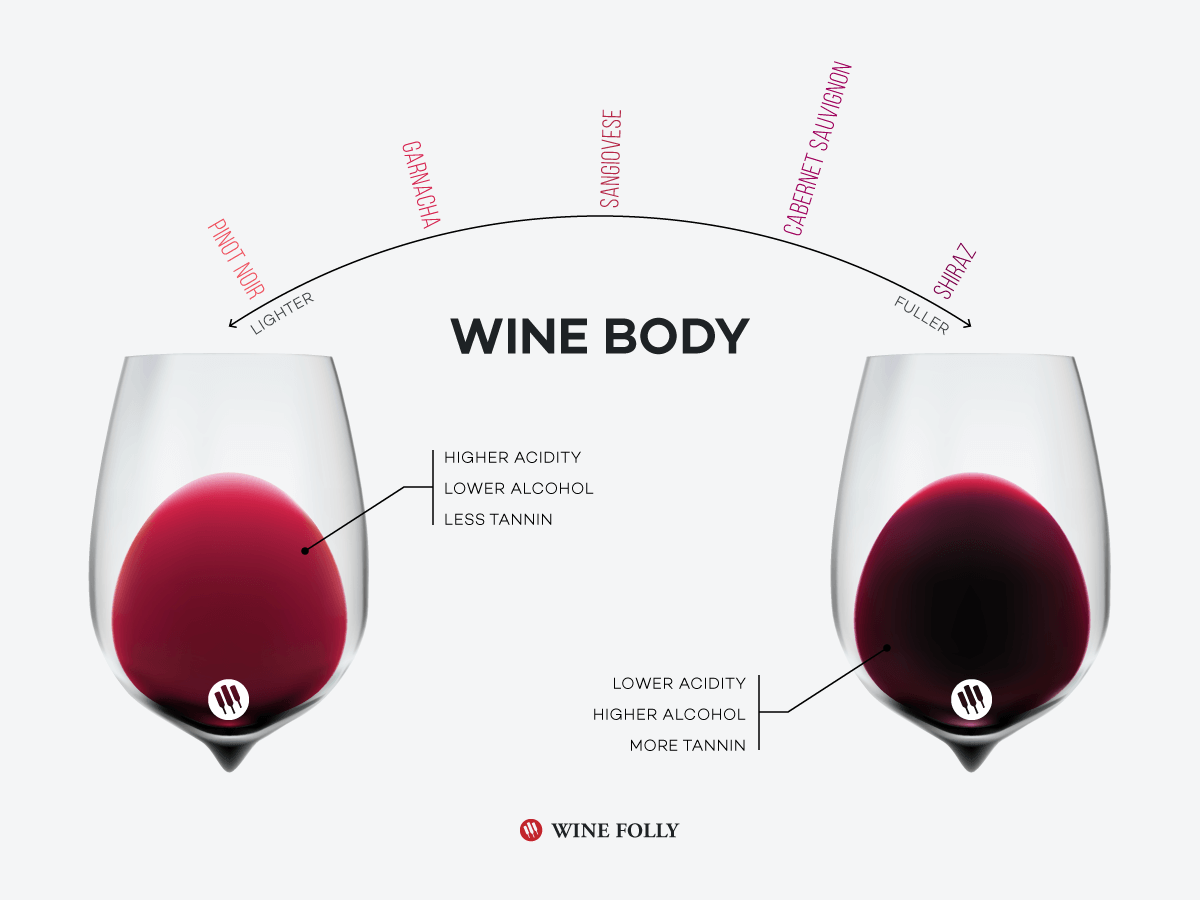
What is Wine Body and How To Taste It Wine Folly
Wine styles Guide to full-bodied white wines. If creamy, nutty whites packed with ripe tropical-fruit flavours sound like your idea of heaven, then these are for you. With more weight and aromatic character than their crisper counterparts, many of these wines have the heft to cope with oak ageing and the vanilla-and-toast complexity that comes.

Schott Zwiesel Pure FullBodied White Wine Glasses, Set of 6 Sur La Table
White wines, usually fresh, light and young. We usually associate the term full-bodied with red wines and rarely with whites. This is because the body of a wine refers to its weight in the mouth and that is usually derived from its percentage of alcohol, its extract and its acidity, all of which are more developed in reds than in whites.. Internationally, Chardonnay tends to be the most.